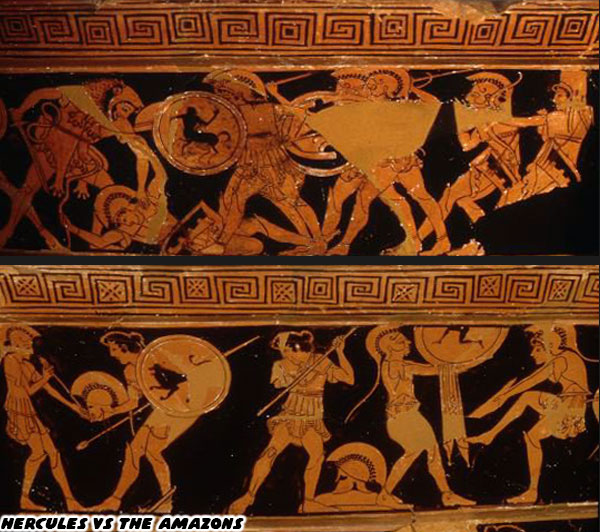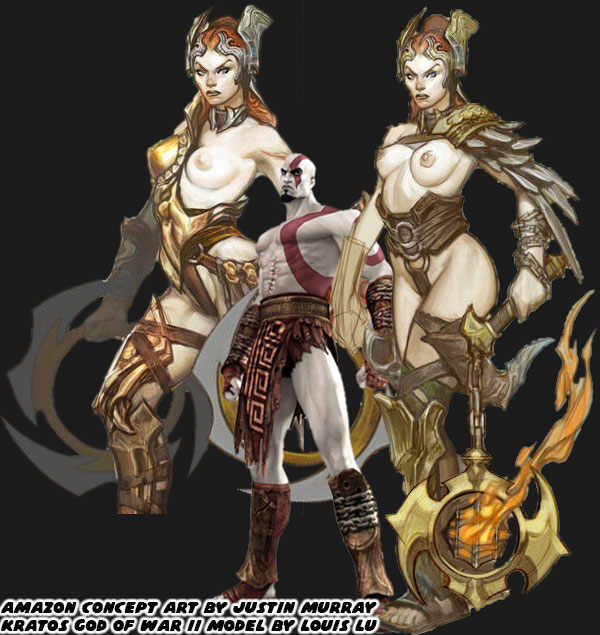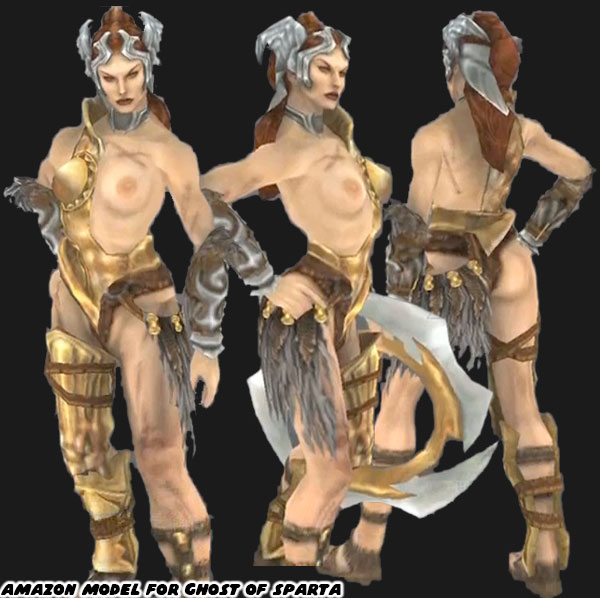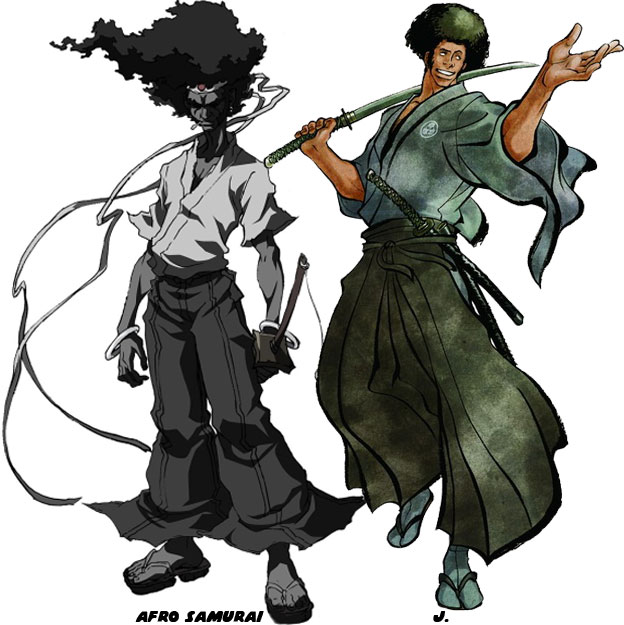While doing research for my God of War series I had a little bit of extra material that didn’t quite fit in with the other chapters. I’d like to share this bit of concept work that never made it into the game. Today I’d like to talk about the Amazons. For a game that features a good chunk of Greek mythology it was surprising that the Amazons were not featured more prominently in the games. The female warriors from were legendary in the fables of Homer, Euripides, Herodotus, and other ancient writers. Queen Hippolyta, sometimes written Hippolyte was the daughter of Ares, and Otrera. She was by far the best warrior of the women, and was gifted a magical war belt by her father. This belt did more than hold her sword, it provided her protection from mortal wounds. Without it she could be killed. Hercules was tasked to retrieve this belt for Admete, the daughter of King Eurystheus. Admete was obsessed with the Amazons, and wished to have a possession of theirs. Getting this item for the young princess would become his ninth labor. Hippolyta freely gave Hercules the belt when he explained his labors. Sadly the queen of the gods Hera had gone in disguise as an Amazon. She had sewn discord with the tribe, causing them to attack Hercules, and his men. They killed most of his men, and Hercules killed Hippolyta before escaping. In other stories she was taken by Theseus, and married him while in Athens. The Amazonians tried to steal her back, and she was killed in the ensuing conflict, either by her husband, or accidentally by her own warriors.

The name Amazon was used thousands of years before the South American river was named. In fact the river had multiple names in Pre-Columian history such as Guainí, Tambo, Apurimac, Orinoco, Solimões, and Amaru Mayu. The Amazon is actually a word from Ancient Greek meaning “missing one breast.” This was because the warriors were rumored to cut off one breast so that it wouldn’t get in the way of their archery, or spear throwing. They lived apart from men by choice. This didn’t mean they didn’t have relationships with men. If they got pregnant then they would only keep the female offspring. In some versions of the legends they would kill the male children, or cripple them, and turn them into slaves. They had a reputation for being merciless in combat. Plus they were known for raiding many outposts, and pillaging whatever they needed. With such a lengthy history you would think that the Amazons would have been a part of the GoW series since day one. Sadly they were only seen once. The female warriors were painted in blue body paint, had a spear, and small Greek shield. They popped up on the Isle of Delos in GoW Ascension. This was the very last of the Greek saga games.

The version of the characters in the game was fairly accurate. Moreover it was great to see some Black representation in the game, better late than never I suppose. Just an FYI, Hercules was Black in a couple of the earliest concept art. But I digress. Although it was sometimes difficult to make out on the screen the warriors actually had only one breast. You could make out a scar across the chest whenever the in-game camera zoomed in. This was usually when Kratos was performing a killing blow. What I never knew was that Amazons were in the plans for my other favorite GoW title, the Ghost of Sparta. Concept artist Justin Murray designed a great chunk of the characters for the game. His stylized characters were not quite comic book, nor were they manga. They fit in perfectly with the majority of the aesthetic used in the GoW series.

There were at least two proposed designs for the characters. Given the diversity of the Hoplite, Persian, and Rhodes soldiers featured in other games then at least two different Amazons would have been featured in Ghost of Sparta. The designs for Mr. Murray were not dainty warriors. They were a few heads taller than Kratos, who is well over six-feet-tall. They were as big as Zeus, or Thanatos based on the concept art. Mr. Murray kept their breasts intact, however they were proposed to have armor go over one breast, or perhaps have some scarring just under their collarbone. Each of the designs also had a unique weapon. One wielded a
chakram, sometimes called a chakar. These were circular throwing blades from India. They were best known as the weapon used by Xena: Warrior Princess from the ‘90s television show. Like most of the weapons in the GoW series this version would be huge, and far more intimidating than the historical armament. It had a brass body, with three angry blades on the outer edge. The other proposed Amazon weapon was even more fantastic. It was an axe with a burning core, attached by a chain to a handle. It was unlike any other weapon I had seen from history.

The difference between the thousands of concept illustrations created for the series, and the Amazons was that there was at least one model was created, and rigged for animation. This was years before God of War Ascension. This Amazon looked just like the concept art, and matched the stylized world of the classic GoW games. I can almost imagine how she would have fought. With a chakram larger than the Blades of Chaos she would have had ranged attacks, and close up strikes in equal measure. It makes me a little bit sad knowing that they never appeared in Ghost of Sparta. I’m grateful that the artists shared their work online, and that Sony also posted additional content. So many game studios never publish art books, or share their concept work. It will hopefully inspire future designers to push the boundaries of their own art. I’d like to know if there was a concept character, or stage from God of War, or any other game that you wish had made it into production. Let me know in the comments section please. As always if you would like to sponsor me
please visit my Patreon page and consider donating each month, even as little as $1 would help make better blogs and even podcasts!








